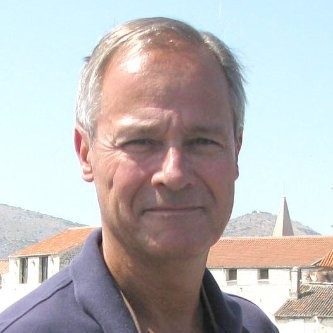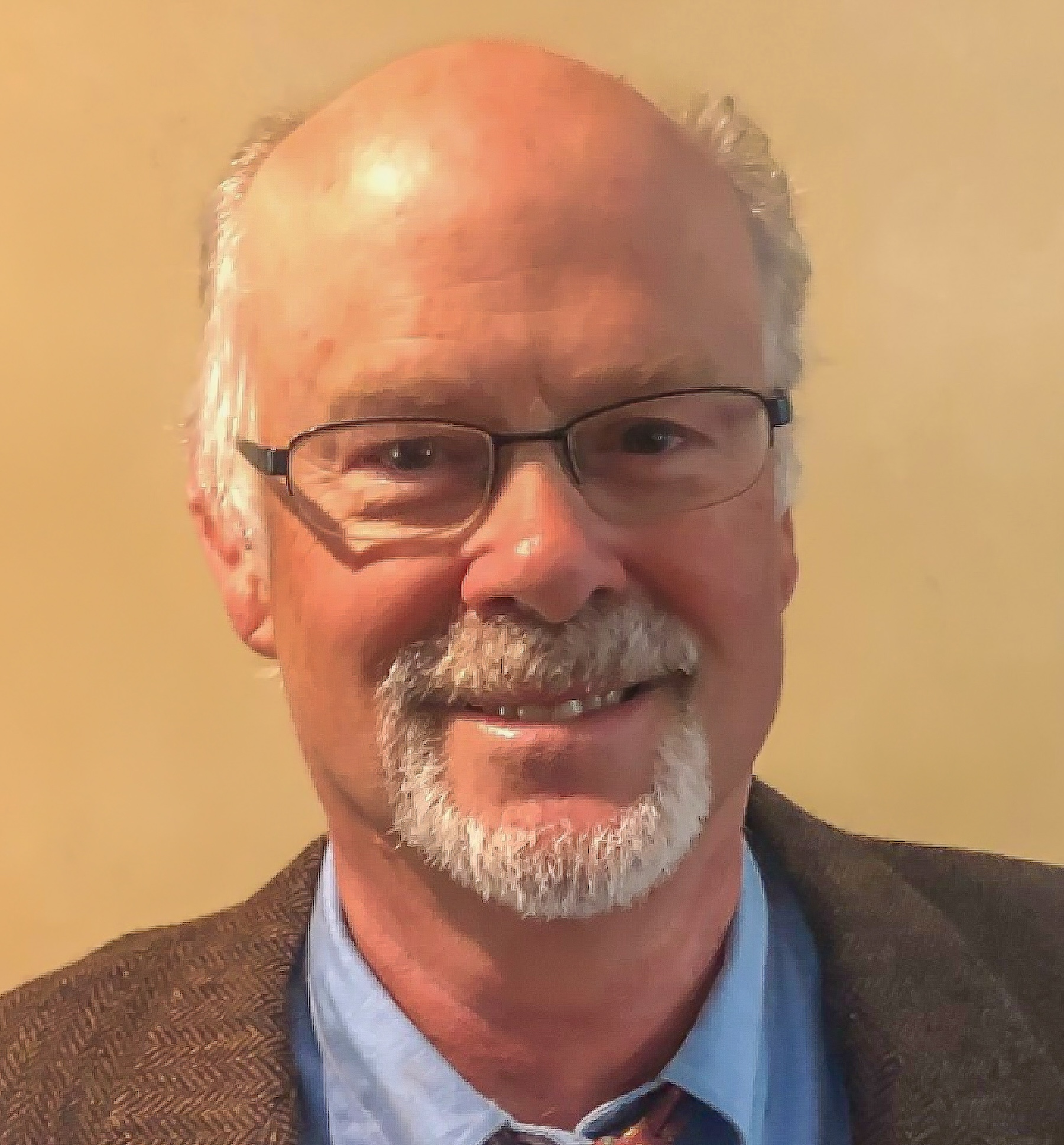Our Mission
Deep Blue Geophysics is committed to developing cutting-edge geophysical technologies that provide reliable insights for decision-making in energy, environment, and infrastructure sectors.
We believe that advanced electromagnetic methods can revolutionize our understanding of the subsurface, enabling more efficient resource exploration, environmental protection, and infrastructure development.
Our goal is to bridge the gap between academic research and practical applications, delivering solutions that are both scientifically rigorous and commercially viable.

Our Team

Dr. Kerry Key
President and Geophysicist
Kerry Key is the founder and CEO of Deep Blue Geophysics. He is internationally recognized for his expertise in computational geophysics and electromagnetic imaging, with extensive experience in offshore, onshore, and cryospheric environments. Prior to founding DBG, Kerry held tenured faculty positions at Columbia University's Lamont-Doherty Earth Observatory and Scripps Institution of Oceanography. His pioneering research has significantly advanced electromagnetic technologies used to characterize subsurface geological structures, providing critical insights for resource exploration, environmental studies, and sustainable energy development. Kerry holds a PhD in Earth Sciences from Scripps Institution of Oceanography, UC San Diego.

Dr. Alexander James
Geophysicist
Alexander James earned his PhD in Earth Sciences from the University of Southern California, specializing in advanced algorithm development and high-performance computing to address complex geoscientific problems. He holds a bachelor's degree in Physics with a minor in Philosophy from the University of California, Santa Barbara. Alexander has extensive expertise in Python-based software engineering, including scalable tool development, cloud-based parallel computing, and robust data security. At Deep Blue Geophysics, he applies his interdisciplinary background in computational physics, quantitative analysis, and critical thinking to develop innovative software solutions tailored to subsurface mineral exploration, groundwater characterization, and the specialized needs of the mining, energy, and environmental sectors.
Advisory Committee

Dr. David Alumbaugh
Staff Scientist, Lawrence Berkeley National Lab
David Alumbaugh earned his B.S. in Geological Sciences from San Diego State University, followed by M.S. and Ph.D. degrees in electromagnetic (EM) geophysics from the University of California, Berkeley. He began his career at Sandia National Laboratories, co-developing one of the first 3D EM forward-modeling and inversion algorithms for massively parallel computing platforms. He then served as a professor in the Geological Engineering Program at the University of Wisconsin before joining Schlumberger's EMI Technology Center, where he focused on commercializing cross-well EM imaging technology and advancing marine controlled-source electromagnetic (CSEM) methods. Currently, David is a Staff Scientist in the Energy Geosciences Division at Lawrence Berkeley National Laboratory, where his research centers on EM geophysical methodologies for subsurface characterization and monitoring across various applications, including geothermal energy and carbon storage.

Dr. Steven Constable
Professor of Geophysics, Scripps Institution of Oceanography, University of California, San Diego
Steven Constable is a Distinguished Professor of Geophysics at the Cecil H. and Ida M. Green Institute of Geophysics and Planetary Physics, part of the Scripps Institution of Oceanography at the University of California, San Diego. He earned his B.S. with first-class honors in geology from the University of Western Australia in 1979 and completed his Ph.D. in geophysics at the Australian National University in 1983. That same year, he joined Scripps as a postdoctoral scholar and has since held various positions there. Over the past two decades, Constable has led the development and application of advanced electromagnetic sensors for offshore exploration, with his broadband EM instruments deployed on the seafloor over 2,000 times to map subsurface structures using both natural and controlled-source electromagnetic fields.

Mike Hoversten
Lawrence Berkeley National Laboratory affiliate & Geophysical Consultant at Pinecrest Geophysical
Mike Hoversten is a recognized expert in electromagnetic geophysics, with over four decades of experience in advanced methods for subsurface exploration. He has held prominent positions in industry and academia, including roles at Chevron Energy Technology Company, BP, and Lawrence Berkeley National Laboratory, where he currently serves as a research affiliate. His extensive work in controlled-source electromagnetics (CSEM), magnetotellurics, and borehole electromagnetics has significantly contributed to exploration, surveillance, subsurface integrity, environmental remediation, and CO₂ sequestration monitoring.

Dr. Mark Person
Professor of Earth & Environmental Science, New Mexico Tech
Mark Person is a Professor in the Hydrology Program at New Mexico Tech. His research focuses on modeling fluid flow and transport processes in evolving sedimentary basins and continental shelf environments on geologic timescales. He leads the hydrology group for the 2025 NSF-IODP3 501 continental drilling project, focused on offshore brackish water exploration. Previously, Dr. Person held endowed chairs at the University of Minnesota (1993–2001) and Indiana University (2001–2009). He received his B.A. in Geology from Franklin and Marshall College and a Ph.D. from Johns Hopkins University. He is the recipient of the 2021 O.E. Meinzer Award from the Geological Society of America (Hydrogeology Division).